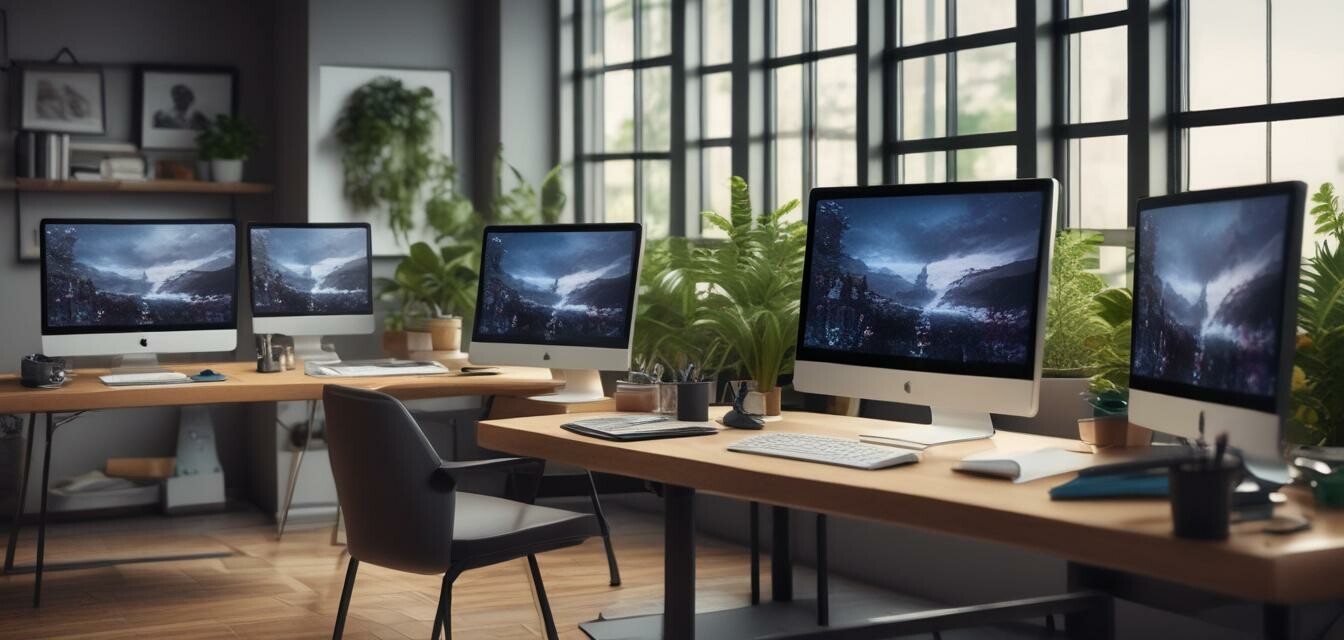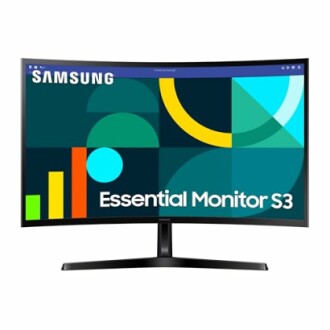
Tips for Using Smart Monitors to Enhance Productivity
Key Takeaways
- Smart monitors can significantly improve workspace efficiency.
- Leveraging features like multiple inputs can enhance collaborative efforts.
- Incorporating ergonomic setups can minimize discomfort during long working hours.
- Utilizing advanced settings can tailor monitors for specific tasks.
- Smart monitors contribute to a more organized and connected workspace.
With the rapid advancement of technology in the office, smart monitors have become key components in enhancing productivity and teamwork. These monitors offer advanced features, connectivity options, and configurations that can be tailored to individual tasks. In this article, we will discuss various tips for effectively using smart monitors to boost efficiency and collaboration in your workspace.
1. Understand Your Monitor's Features
Before maximizing your smart monitor's potential, familiarize yourself with its features. Smart monitors often come with capabilities such as:
- High refresh rates for smooth performance
- Multiple inputs (HDMI, USB-C) for flexibility
- Screen calibration for color accuracy
- Advanced eye comfort technologies to reduce strain
| Feature | Description |
|---|---|
| Curved Screen | Helps in immersive viewing and depth perception. |
| High Refresh Rate | Reduces lag and motion blur during fast-paced tasks. |
| Game Mode | Customizes settings for optimal gaming visuals and performance. |
| Eye Comfort Technology | Minimizes blue light and screen flicker to protect your eyes. |
2. Create an Ergonomic Setup
Setting up your workspace can significantly affect your productivity. An ergonomic arrangement promotes comfort, especially when working for extended periods. Here are some ergonomic tips:
- Adjust the monitor height so the top of the screen is at or slightly below eye level.
- Position the monitor roughly 20-30 inches away from your eyes.
- Utilize monitor stands or wall mounts to free up desk space.

SAMSUNG 27" Essential S3 Curved Monitor
This 27-inch FHD curved monitor creates an immersive viewing experience, enhancing engagement, depth perception, and minimizing distractions.
Learn More3. Optimize Screen Settings
Your smart monitor may come with various display settings that can improve your daily tasks. Adjusting contrast, brightness, and color profiles based on what you're working on can enhance visibility and reduce eye fatigue. Consider these settings:
- Increase brightness when working in well-lit areas.
- Lower brightness and enable blue light filters during late hours.
- Use color calibration for design and editing tasks to ensure accuracy.
4. Utilize Split-Screen Features
Most modern smart monitors allow you to split the screen and work on multiple applications simultaneously. This is particularly useful in collaborative environments. Here’s how you can benefit from this feature:
- Take notes while attending a video conference.
- Monitor project timelines alongside your email applications.
- Work with two documents side by side to enhance editing and reviewing processes.
5. Connect Devices for Improved Functionality
Smart monitors are designed to connect with various devices, which can expand your capabilities. Embrace the following connections:
- Connect laptops, tablets, and smartphones for seamless access to shared content.
- Utilize USB hubs to enable multiple connections and reduce cable clutter.
- Implement wireless connectivity for a tidier workspace and easy switching between devices.
6. Leverage Collaborative Features
In a team-oriented environment, using a smart monitor can enhance collaboration between team members. Here are some practical ways to maximize teamwork:
- Share your screen with colleagues during meetings.
- Utilize integrated video conferencing tools within your monitor.
- Create a shared workspace using collaboration apps displayed on the monitor.
Pros
- Enhanced workspace connectivity
- Improved productivity through split-screen functionality
- Comfortable viewing with advanced eye comfort technology
Cons
- Initial setup may require some time
- Higher cost compared to standard monitors
Frequently Asked Questions
What is a smart monitor?
A smart monitor is an advanced display unit equipped with integrated connectivity features, allowing users to perform tasks such as screen mirroring, accessing web browsers, and utilizing apps without needing a separate computer.
Can a smart monitor improve collaboration in a team environment?
Yes, smart monitors can enhance collaboration by allowing team members to share screens, host meetings, and use collaborative tools directly on the monitor, making group work efficient and streamlined.
Do I need a special cable to connect my laptop to a smart monitor?
Most smart monitors feature multiple input options, including HDMI and USB-C. You should use the appropriate cable that corresponds with the ports available on your laptop.
Conclusion
Smart monitors can drastically transform your workspace and improve productivity levels. Understanding the features and settings available, along with implementing ergonomic setups, can help create an efficient working environment. By taking full advantage of your smart monitor, you’re one step closer to achieving your productivity goals.


